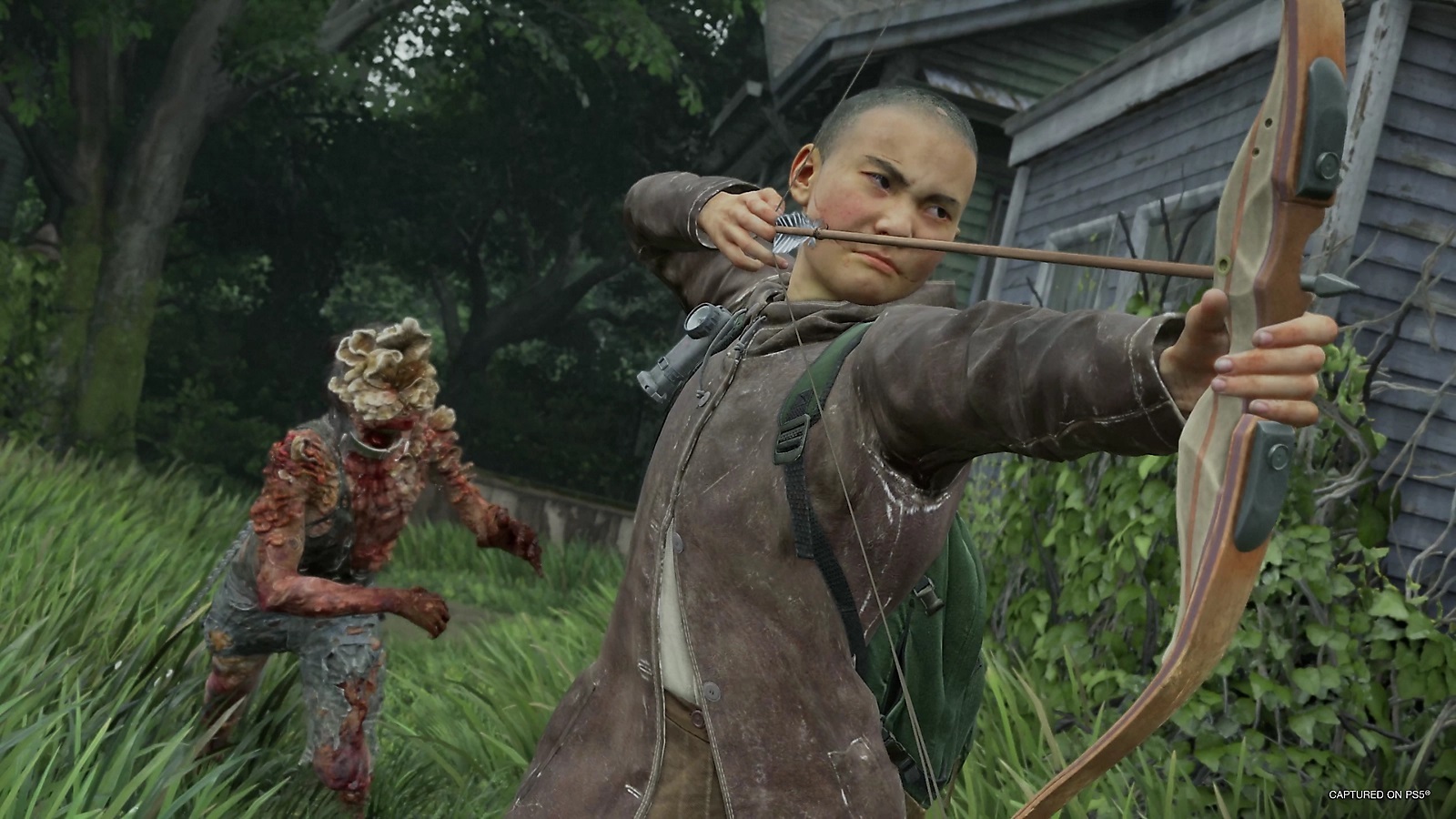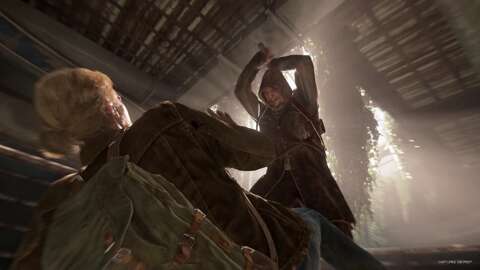Combat in The Last of Us Part 2 elicits a distinct sensation, characterized by its deliberate, weighty pace that underscores the gravity of each confrontation. It portrays the difficulty of taking a life and the swift descent into chaos.
The combat also heavily relies on improvisation, whether it’s vaulting over obstacles, utilizing bricks as weapons, or stealthily dispatching foes with a knife and a hand clamped over their mouth.
Despite its somewhat clunky nature, the combat in The Last of Us Part 2 possesses an intensity rarely achieved by many games. The Last of Us Part 2 Remastered introduces “No Return,” a roguelike mode that shifts the focus away from narrative elements to immerse players in a series of random combat scenarios.
No Return proves to be generally enjoyable, throwing players into various encounters against human factions and infected monsters.
The gameplay alternates between stealthy maneuvers and all-out brawls, with each run comprising six encounters and concluding with a challenging boss fight. Skill tree upgrades are chosen along the way, but dying means restarting the run and losing all progress.

While No Return offers a chance to engage with meticulously crafted mechanics, it also feels somewhat devoid of meaning. It brings into focus the overarching struggle of The Last of Us Part 2, which attempts to explore complex ideas about violence and its consequences.
The mode undermines the original game’s intent to portray violence as extreme and unsettling, instead turning it into a random, enjoyable experience.
The core issue lies not in the addition of No Return but in the inherent challenge of creating a triple-A action video game that grapples with profound thematic elements.
The Last of Us Part 2 aims to raise questions about the impact of violence, indirect harm, and cyclical pain, yet the primary interactive element involves killing numerous characters.
While these games are entertaining and elicit excitement, the dissonance between Naughty Dog’s intended message of “violence is bad,” and the inherently enjoyable nature of violent gameplay becomes apparent. No Return accentuates this dissonance without the moralizing present in the main campaign.
Despite its entertainment value, No Return struggles to fully captivate due to the cerebral elements of The Last of Us Part 2 interfering with its enjoyment.
Realism becomes a hindrance, slowing down executions and introducing clunky fights that clash with the desire for skillful mastery of the mechanics. Encounters lose their thrill when enemies charge without regard for their lives, turning the experience into a frustrating rather than satisfying video game encounter.
No Return’s challenges evoke memories of a pivotal moment in Spec Ops: The Line, where a forced decision results in moral chastisement. The dissonance between condemning violence and providing it as an enjoyable experience parallels The Last of Us Part 2’s struggle to reconcile fun gameplay with meaningful storytelling.
In conclusion, while No Return offers a glimpse into the engaging combat mechanics of The Last of Us Part 2, it falls short of providing a compelling and enduring experience. The mechanics attempt to serve multiple goals simultaneously, ultimately struggling to excel in any one aspect.







